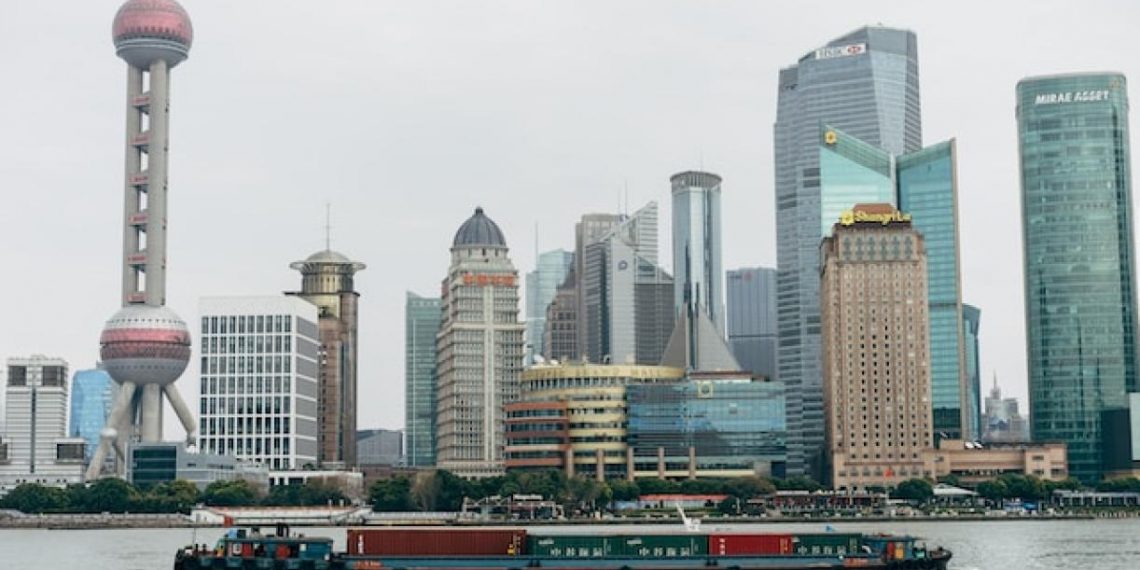Download dataset
The China Overseas Finance Inventory (COFI) is a comprehensive database of China’s investment in power generation abroad. Built with existing public and commercial sources, its primary purpose is to enable Chinese policymakers, financial institutions and other stakeholders to support decision-making and identify opportunities to make China’s overseas investment green and sustainable. Stakeholders can gain insights into China’s overseas power investment activities by analyzing trends, geographic and sectoral distributions, as well as evaluate sustainability and environmental impact of these investments.
The COFI database was updated to COFI_v2.0 in 2022. This year, COFI_v2.1 has two major updates compared to COFI_v2.0.
- Addition of 2022 Investment Data: We updated COFI_v2.1 with 2022 investment data from source databases. Four out of our ten source databases contributed new power plant investments that reached financial closure in 2022. Among these, IJ Global reported five new projects, one of which matched to the 2022 addition from China’s Global Power Database. Refinitiv Loan and Refinitiv M&A each added one project. Additionally, we incorporated a net of 55 new entries from Boston University’s China’s Global Power, although those entries do not have investment year available. The 2022 investment data update did not include Boston University’s China’s Global Energy Finance database, which did not release its 2022 data.
- Deletions and Adjustments: We updated the entries from COFI_v2.0 based on the most recent information available from the source databases. We deleted or modified outdated entries with the newest information. As part of the update, we have replaced the original 2020 journal article, China’s Global Power Database, and its entries entirely with the updated Boston University’s China’s Global Power Database. The latter builds on the methodology developed in the journal article and provides updated data up to 2022. This replacement involved deleting certain entries and updating project information.
This round of updates and capacity adjustments expanded coverage of Chinese investments, including in renewable energy. Chinese investments in the power generation sector in Belt and Road countries changed from 179.3 gigawatts to 189.9 gigawatts (GW), a 5.9% increase. The total capacity of renewable projects also increased from 52.8 GW to 56.6 GW, a 7.4% increase. Figure 1 updates the renewable investment trend with 2022 data. The overall trend in COFI_v2.1 remains consistent with COFI_v2.0, although some slight differences in capacity are primarily attributed to the updates from the source databases.
Figure 1: Comparison of Renewable Capacity Between COFI_v2.1 and COFI_v2.0[1]
COFI_v2.1 revealed an increased involvement of Chinese commercial banks in gas-fired power plant investments in 2022. Figure 2 reveals that gas plant capacity invested by Chinese investors has increased by 3.2 GW in 2022. These gas plants are located in in Bangladesh (220 MW), Thailand (1.4 GW) and the United Arab Emirates (1.6 GW). In the Thailand project, Bank of China and Industrial and Commercial bank of China each provided $42.85 million towards a $350 million syndicated loan with six non-Chinese banks. For the Bangladesh and UAE projects, Bank of China stood as the sole Chinese participant among several non-Chinese banks, contributing $16 million (out of $105 million) and $136 million (out of $1.1 billion) respectively.
While this amount represents a moderate contribution in syndicated loan structures, COFI will continue to monitor Chinese banks’ future involvement in gas projects to see if the increased involvement trend continues after China moves away from investment in coal. Besides the new gas projects, the rest of the new investments were directed towards renewables, with five new onshore wind projects and one hydropower project.
Figure 2: Capacity Comparison Between COFI_v2.1 and COFI_v2.0 from 2000-2022 by Primary Fuel, GW
2022 update shows a continued downward trend in the number of transactions and investment value for China’s overseas investment in power generation projects. There has not been a rebound in overseas investment during the COVID-19 pandemic, primarily due to stringent control measures throughout 2022. The downward trend persists in 2022 as shown in Figure 3. Figure 4 shows the number of equity and debt transactions, showing a consistent trend in the decline in investment after 2019. However, as China lifted its COVID restrictions at the end of 2022, we expect to see an uptick in 2023 investment deals.
Figure 3: Investment Trend from 2000 to 2022 Counting Both Equity and Debt Investment[2]
Figure 4: Number of Equity and Debt Transactions From 2000 to 2022
For more details on the update process and methodology, please refer to our change log. Download COFI_v2.1 to explore the database yourself and track any new progress made by Chinese investors.
[1] There are 3.2 GW of renewable in COFI_v2.0 and 4.5 GW of renewable power in COFI_v2.1 not included in the graph because they do not have investment year available.
[2] 83% of power investment transactions have missing data on equity investment, due to lack of information from sourced databases. Please use caution when interpreting the result.



